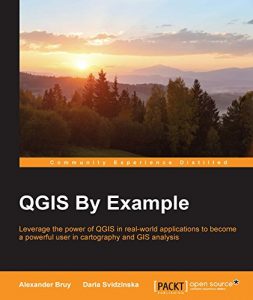QGIS is a leading user-friendly, cross-platform, open source, desktop geographic information system (GIS). It provides many useful capabilities and features and their number is continuously growing. More and more private users and companies choose QGIS as their primary GIS software because it is very easy to use, feature-rich, extensible, and has a big and constantly growing community.
This book guides you from QGIS installation through data loading, and preparation to performing most common GIS analyses. You will perform different types of GIS analyses including density, visibility, and suitability analysis on practical, real-world data. Finally, you will learn how to become more productive and automate your everyday work with the help of the QGIS Processing framework and by developing your own Python plugins.
By the end of this book, you will have all the necessary knowledge about handling and analyzing spatial data.






